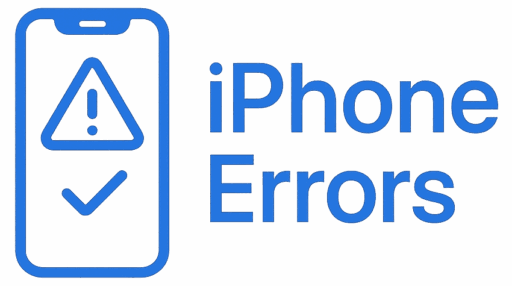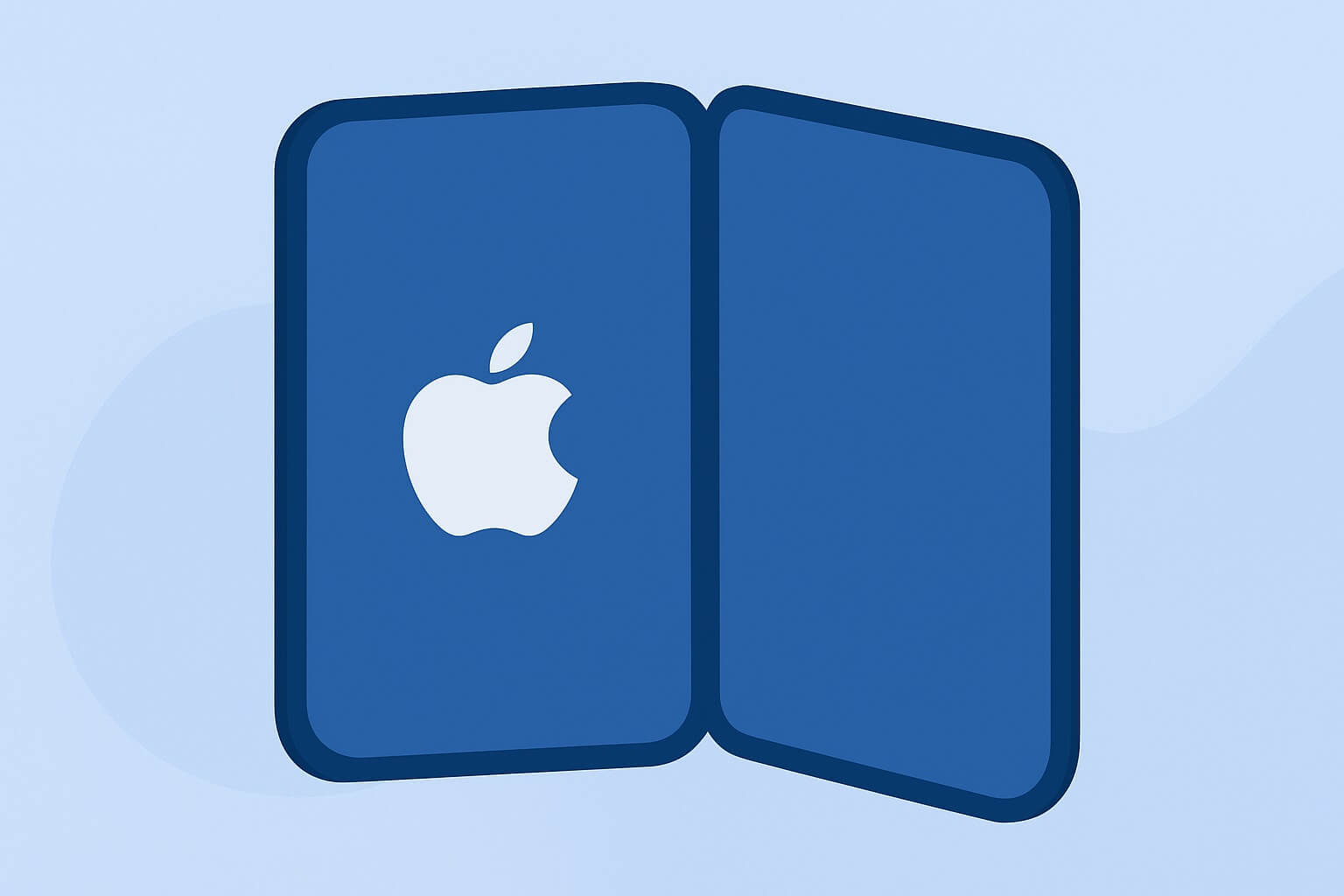Apple’s first foldable iPhone is starting to sound more real than ever — and this week’s leaks reveal a key design decision that could define it: a frame built from both aluminum and titanium.
According to reports from 9to5Mac, GSMArena, and AppleInsider, Apple’s upcoming iPhone 18 Fold (expected around 2026) won’t stick to one metal. Instead, it will use a combination of lightweight aluminum and ultra-strong titanium, depending on each structural part’s function.
It’s a clever compromise — and it tells us a lot about Apple’s engineering mindset.
1. The Foldable Challenge: Strength vs. Weight
Every foldable smartphone faces one central problem: flexibility and fragility. The device must bend smoothly thousands of times without breaking the hinge, frame, or internal screen.
For Apple, that’s a massive materials challenge. The hinge mechanism must handle years of use, while the outer shell needs to resist scratches, heat, and pressure.
- Titanium provides exceptional strength and rigidity but adds cost and weight.
- Aluminum, meanwhile, is light and easier to machine — but not as durable.
Mixing the two could give Apple the best of both worlds.
2. Titanium: Apple’s Premium Metal of Choice
Apple has used titanium in several high-end products, such as the Apple Watch Ultra and iPhone 15 Pro. Titanium’s appeal is clear:
- It’s 45% lighter than stainless steel for the same strength.
- It resists bending, dents, and corrosion.
- It has a premium feel that Apple can market as “Pro”-level craftsmanship.
However, titanium is expensive to work with. It requires precise machining, special tools, and high-temperature treatment — which makes it unsuitable for every component.
That’s why Apple is reportedly reserving titanium for high-stress areas of the foldable’s frame, likely around the hinge assembly and outer corners where pressure is greatest.
3. Aluminum: Lightweight and Trusted
Aluminum has been Apple’s default material for over a decade — from MacBooks to iPads and standard iPhones. It’s light, affordable, and thermally efficient.
For a foldable iPhone, aluminum makes perfect sense for the mid-frame or secondary shell, where weight balance matters more than ultimate strength.
By using aluminum for most of the body, Apple can keep the foldable under 250 grams, maintaining comfort without sacrificing structure.
4. Why a Hybrid Frame Makes Sense
Apple isn’t the first to explore hybrid frames, but it could perfect the approach.
The idea is similar to what automakers do with sports cars: reinforce the core with high-grade materials and use lighter alloys elsewhere.
For the iPhone Fold:
- Titanium may protect the hinge spine and outer edge (where stress and torque concentrate).
- Aluminum could form the inner fold areas, optimizing weight distribution and heat dissipation.
This mix lets Apple deliver both durability and elegance — two traits often hard to balance in foldable designs.
5. How It Compares to Samsung and Google Foldables
Apple’s rumored material mix contrasts with Samsung’s approach. The Galaxy Z Fold6 primarily uses Armor Aluminum, a reinforced alloy that’s strong but not titanium-grade.
Google’s Pixel Fold is even heavier, partially due to its stainless steel hinge.
If Apple’s foldable uses titanium strategically, it could surpass both rivals in stiffness-to-weight ratio, making the iPhone Fold both stronger and lighter.
That aligns perfectly with Apple’s brand — sleek, minimalist, and premium.
6. The Cost Factor: Will a Hybrid Frame Push the Price Higher?
Titanium’s biggest downside is cost. The iPhone 15 Pro already demonstrated how expensive titanium manufacturing can be — with prices climbing above $999.
Analysts suggest that Apple’s foldable could easily start above $1,800, rivaling Samsung’s Galaxy Z Fold line. The hybrid frame could either raise costs further or help Apple manage them more efficiently:
- If titanium use is limited to key structural zones, manufacturing costs stay manageable.
- If Apple opts for full titanium reinforcement, expect a super-premium pricing tier ($2,000+).
Either way, Apple’s goal isn’t to compete on price. It’s to create the best-feeling foldable device ever made.
7. Beyond Metals: The Role of Glass and Carbon Composites
While metal dominates headlines, Apple’s internal patents hint at composite materials too — such as carbon fiber-reinforced polymer layers within the hinge system.
These could absorb folding stress while keeping the device ultra-thin. If implemented, Apple’s foldable would likely feature a metal-carbon hybrid skeleton, marking another leap in industrial design.
8. Design Implications: What Users Might Expect
Here’s what this hybrid material approach could mean for real users:
- Improved durability: Titanium corners will resist drops better than aluminum shells.
- Balanced weight: The device won’t feel overly heavy despite its premium build.
- Long-term performance: Less bending fatigue, fewer hinge creaks, and better scratch resistance.
- Premium aesthetics: A brushed titanium edge could visually separate it from the standard iPhone 18 lineup.
Apple is known for its fit and finish, so expect microscopic tolerances and a satin anodized texture that blends both metals seamlessly.
9. When to Expect the iPhone Fold
Current reports indicate the foldable iPhone might debut no earlier than late 2026, possibly under the iPhone 18 Fold or iPhone Fold name.
Prototypes are reportedly undergoing durability and display stress testing in Apple’s labs. Sources close to the supply chain mention LG Display and Samsung Display as potential partners for foldable OLED panels.
The choice of hybrid metals fits that timeline: Apple is still testing how the materials hold up through 100,000+ folds — a benchmark needed for a mainstream launch.
10. What It Tells Us About Apple’s Design Future
This hybrid frame strategy reveals a lot about where Apple is heading:
- Titanium is here to stay in premium Apple devices.
- Apple will keep blending engineering practicality with luxury materials.
- Foldables won’t just be about flexibility — they’ll emphasize longevity and feel.
Just like aluminum defined the MacBook era, titanium might define Apple’s foldable and wearable future.
🧩 Related Reading
- Samsung May Have Confirmed Apple’s Foldable iPhone OLED Displays
- Apple Adds iPhone 11 Pro Max & Apple Watch Series 3 to Vintage List: What It Means for Users
⚙️ Stay Ahead of the Fold
Stay updated with every iPhone Fold development, from leaks to launch details.
👉 Visit our Foldable iPhone News Hub to get the latest stories and analysis.
📄 Disclaimer
This article is based on publicly available reports and credible sources, including GSM Arena, 9to5Mac, and AppleInsider. The details discussed are speculative and may change before Apple’s official announcement.


Leave a Reply